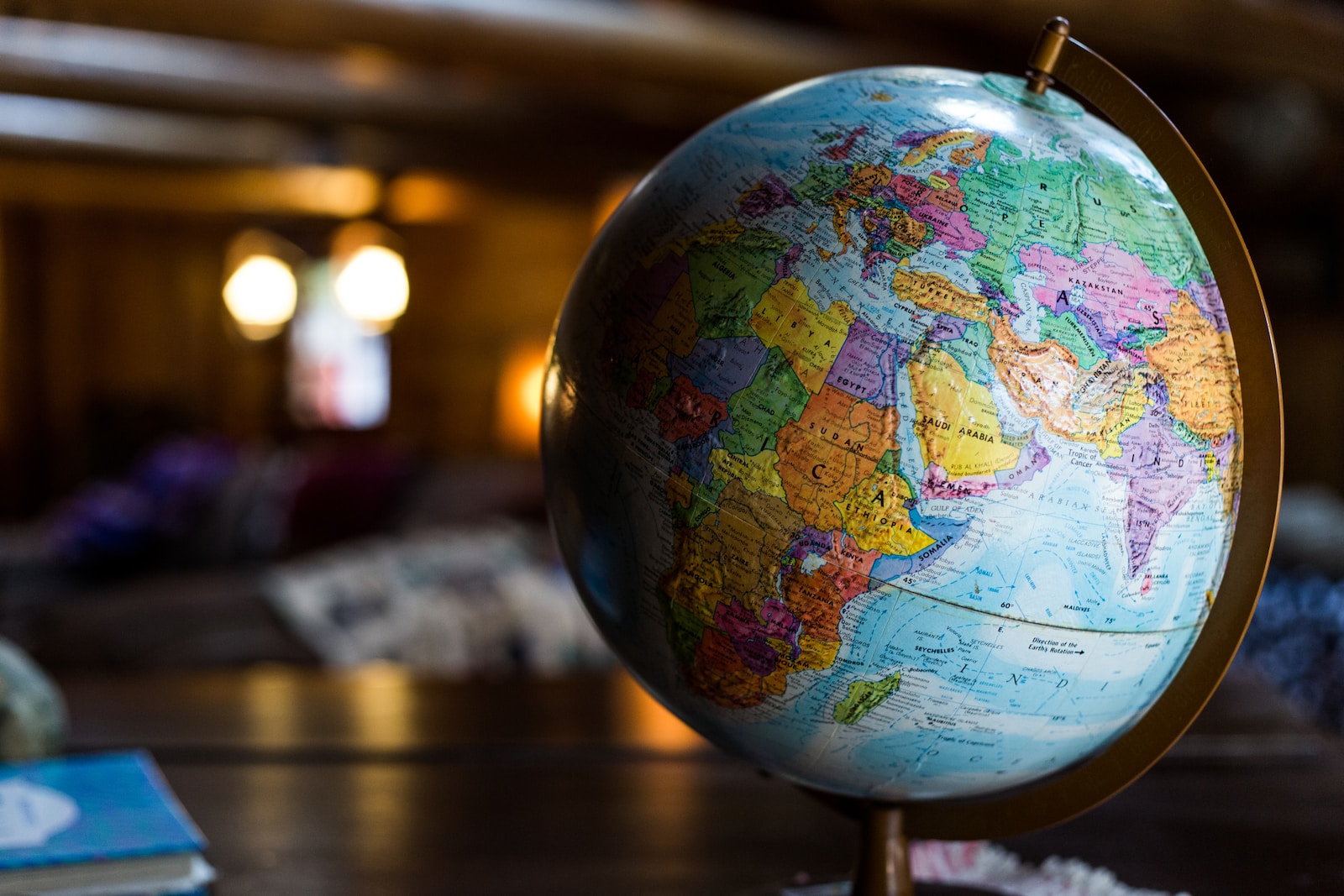- Maps are graphical representations of geographical information.
- They provide a visual understanding of the spatial distribution of features or phenomena.
- Maps are used to locate, identify, and navigate in space.
- Maps date back to ancient times, with the earliest known maps found in Babylonian clay tablets from around 2300 BC.
- Ancient Greeks and Romans created maps on papyrus scrolls and in mosaic form.
- During the Middle Ages, maps were often created by monks and featured religious themes.
- The Age of Exploration in the 15th and 16th centuries led to the creation of more accurate and detailed maps, as navigators needed them for sea voyages.
- The invention of printing in the 16th century allowed for the mass production of maps, making them more widely available.
- The 19th century saw the rise of topographical mapping, with governments and military organizations creating detailed maps for strategic purposes.
- In the 20th century, technological advancements such as aerial photography and satellite imaging led to the creation of more accurate and detailed maps.
- These days maps are mostly digital for example Google Maps and Bing Maps
Characteristics of a good map:
- Accuracy: A good map should be accurate in terms of the location, shape, and size of the features it represents.
- Clarity: A good map should be clear and easy to read, with features clearly labelled and differentiated.
- Completeness: A good map should include all relevant information about the area being represented.
- Up-to-date: A good map should be up-to-date and reflect any changes that have occurred in the area.
- Purpose: A good map should be designed with a specific purpose in mind, whether it’s for navigation, analysis, or display.
Components of a good map:
- Title: The title should clearly describe the subject and purpose of the map.
- Grid/Gratitude: A grid or gratitude system should be included to help users locate features accurately.
- Direction information: North arrow or compass rose to show the orientation of the map.
- Legend/Key: A legend or key should be included to explain the symbols, colours, and other features used on the map.
- Scale: A scale should be included to show the ratio between the size of the features on the map and their actual size in the real world.
- Cartographer: The cartographer is the person who created the map and should be identified on the map.
- Coordinate reference system: A coordinate reference system should be used to ensure the accuracy of the map’s spatial data.




